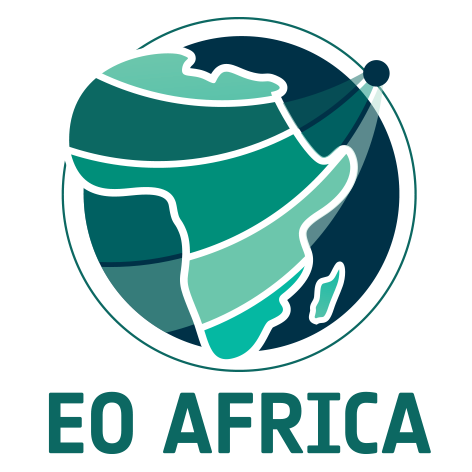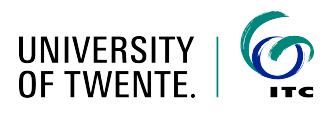The European Commission has recently proposed an African-European partnership for the digital transformation of the continent as part of their strategy with Africa, which they want to achieve in close partnership with African stakeholders. Earth Observation from space is identified as essential digital technology providing information for evidence-based policy and decision making.
The African Space Strategy of the African Union recognises the importance of Earth Observation as a crucial data and information acquisition tool to address Africa’s challenges. European EO satellites of the Copernicus Programme provide 1.2 petabyte data over the African continent annually that can be processed and utilised optimally only by using the latest computer technologies and developing advanced, scientifically sound information extraction techniques.

In this context and as part of a long-term strategy, the European Space Agency, ESA, recently launched their new initiative EO AFRICA (African Framework for Research Innovation, Communities and Applications in Earth Observation).
The objective of this initiative is to build an African-European R&D partnership to facilitate the sustainable adoption of Earth Observation and related space technology in Africa. The initiative will be driven by African research challenges and user needs, and will follow a long-term vision (>10 years) for the emergent digital era in Africa as outlined in the “Agenda 2063 – The Africa we want” of the African Union Commission (AUC).
The flagship of the EO AFRICA initiative is the EO AFRICA R&D Facility. The overarching goal of the Facility is to foster an African-European R&D collaboration enabling an active research community and creative innovation processes for continuous development of EO capabilities in Africa. The R&D Facility will review the African EO research challenges and issue research calls for addressing the most relevant ones. It will offer modern cloud computing & digital tools for the researchers and support a range of collaborative activities and initiatives between the African and European research communities.
Learn more about the EO AFRICA R&D Facility in this short video.
CONSORTIUM OF FIVE PARTNERS
EO Africa R&D Facility is implemented as a three-year project by a consortium of six partners:
- University of Twente, Faculty of Geo-Information Science and Earth Observation (ITC), the Netherlands. As the lead partner, ITC coordinates the Facility, contributes to the design and delivery of capacity development actions and stimulates the collaboration between African and European partners.
- CS GROUP, France, is the developer of the cloud-based environment to support the research and capacity development activities.
- CS GROUP – ROMANIA, Romania, is providing the platform which serves as the central information hub for the Facility.
- Serco Italia S.p.A., Italy, contributes to capacity development in EO technology.
- Vito, Belgium, contributes to the Facility with its experience in food security.
- TU Wien, Austria, supports the capacity development actions in hydrological applications.
PLANNING AND TIMELINE
The project is being implemented in 2 phases: Phase 1 started with the project launch on 1 March 2021 by a kick-off meeting in the virtual space and will end in January 2022. The first phase will provide the basis and the framework for the long-term activities by implementing the cloud-based data acquisition and processing environment and preparing for the research and collaborative activities. Once finalized, Phase 2 will take-over; the research programme will start and the collaborative and capacity development actions will be implemented. This second phase will end in February 2024 when the project will complete 3 years.
Research calls will be launched at the beginning of 2022 based on need analysis. One call will be announced at the end of 2021, and another one in 2021. The calls will stimulate research between African and European partners. Our goal is not to finance full-fledge projects but to test new technologies, provide a platform for computation, access all Copernicus data services and provide seed funding to support the utilisation of technological know-how. In the second year, we will prepare the Africa Road Map. We will simultaneously run the space academy and innovation lab up to the end of the third year while publishing several scientific and technical papers on the results of the project. ESA is planning a follow-up of this first phase to continue the activities by considering the Road Map and building upon the results.
A STRONG BASE
Heritages from several forerunner activities provide a strong base for the EO AFRICA R&D Facility:
- Two consortium members were involved in the TIGER initiative of ESA in the last 15 years. http://www.tiger.esa.int/
- Two other consortium members were the main contributors to ESA’s RUS platform and programme.
- All consortium members have already been involved in several relevant projects implementing African-European collaboration in EO.





